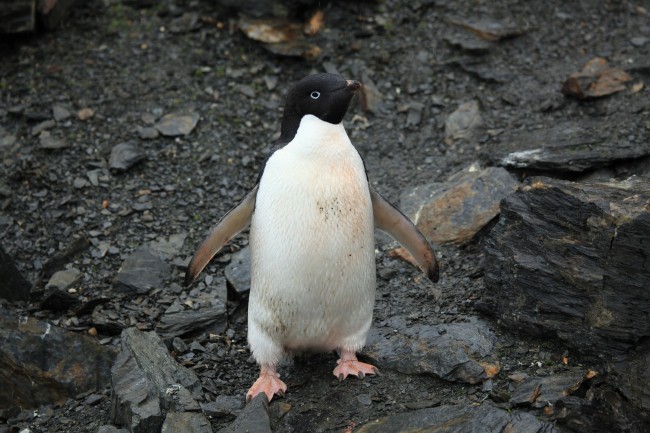
Rapidly changing climate has negatively affected one of Antarctica’s most favorite animals. The Adélie penguins, are slowly disappearing. Many scientists strongly believe that even small changes in penguin numbers can alert the world about Antarctica’s demise, bringing attention to the effects of rapid global warming and increased fishing. It is no secret that the world is interconnected, and it is not just one part of the globe that is affected by climate change. Deviation from the norm in any part of the world affects everyone, no matter where they might be.
The Antarctica New Zealand and Landcare Research began a penguin census project nearly 30 years ago. Based on penguin patterns and behaviors, scientists are able to better understand the ecosystem. In order to achieve optimal results, observation of the environment in which the indicator species reside is crucial. While penguins seem to be cute and fluffy animals, they play an important role in helping scientists explore and gain better understanding of how the ecosystem, and its changes, actually influence species.
Peter McCarthy is Antarctica New Zealand program support supervisor, and he is responsible for photographing the penguins. Once they are photographed, the photos are sent to the lab where the penguins are counted. Last summer, penguin population rose to 2.6 million birds, or 1.3 million pairs.
Although the population began increasing, rising sea levels, warmer temperatures, and melting ice resulted in less krill, which is a staple in the penguin diet. As temperatures get warmer, sea ice reduces, and studies have shown a correlation between the loss of krill and loss of sea ice. Sea ice being solid, acts both as a safe platform for the penguins and a krill creche. In a krill creche, baby krill develop into food for the penguins.
Scientists are excited about these new numbers, as they show improvement in the penguin population. Since the documentation of penguins began, Antarctica penguins have been slowly disappearing, and it was becoming clear that climate change had affected the birds. Over the past three decades, penguins averaged less than 900,000 breeding pairs. Much of the decline happened in the 1990s, however the penguins also faced tough challenges when a part of the world’s largest iceberg floated away and cut off a significant portion of their food source.
In addition, as the weather steadily warms, it results in more snowfall and melting snow in Antarctica. Snow and freezing water chill the penguins’ eggs, killing the embryo inside. While the changes in the weather may seem minor, they play a significant role in the life of a penguin.
While the Adélie penguins have boomed this year, their overall numbers are lower than scientists want. Although the penguin population did well, it is important to note that this is an anomaly and does not represent the overall changes in the penguin population throughout time. Combatting climate change at home is an important step in protecting animals and especially the slowly disappearing penguins in Antarctica.
Opinion by Ivelina Kunina
Sources:
ABC
The Real News
Penguin Science
Ainley, D., & Schlatter, R. Chick Raising Ability in Adélie Penguins. The Auk, 89. Retrieved May 30, 2014, from http://www.jstor.org.proxy.lib.sfu.ca/stable/4084256
source


















No comments:
Post a Comment